Part 1 of a two part article. Part 1 will document Vulcun’s time before the LCS and their rise into a top-tier American side. Part 2 will discuss their downfall and exit from the LCS.

Beginning with his missed Sejuani ultimate in the playoffs against Team Liquid, Xmithie’s inability to land a successful ultimate has rapidly become a community meme. In a way, it’s strangely fitting that a player once lauded for great mechanics finds himself mocked for a seeming inability to play simple tank junglers. Like many of his teammates on Team Vulcun, Xmithie’s accomplishments have been rapidly forgotten.
Today, the rest of Xmithie’s former teammates from Team Vulcun – Benny, mancloud, Zuna, and Bloodwater are all but lost to the public eye. Benny, after a two-game substitution for CLG in the 2015 spring split, has disappeared from professional play. Zuna has left League of Legends to pursue professional Heroes of the Storm. Mancloud and Bloodwater, have paired up again on NA Challenger team Maelstrom Gaming, only to fail to even qualify for the Challenger Series.
Once considered the rising stars of America, Team Vulcun, later known as XDG,) has become synonymous with self-destruction. Vulcun’s decline began with repeated in-game errors that earned them the nickname “Throwbargains,” a play on their sponsorship by technology deal site Techbargains.com, but quickly expanded to include out-of-game factors. After a disappointing World Championship, Vulcun would return and undergo a perplexing name change to the nonsensical “Ex Duris Gloria” while role swapping star jungler Xmithie with much-maligned AD Carry Zuna. These bizarre moves culminated in the team’s disastrous fall and eventual relegation by Team LMQ.
This complete implosion of XDG struck a devastating blow to North American League of Legends.
This is the story of the rivals that Cloud9 and TSM never truly had.
This is the story of North America’s Lost Boys.
This is the story of Team Vulcun.
The Beginnings of Vulcun

Many casual fans believed Vulcun’s rise in Season 3 signaled the coming of a new generation of North American talent. In reality, all of the players on Vulcun were battle-tested veterans of Season 2 going into the LCS. In fact, it was this experience in the trenches of Season 2 that forged Team Vulcun’s Season 3, hunger-fueled success.
During Season 2, less popular North American organizations, like Team Dynamic, Monomaniac, or even B-teams of the top organizations like TSM.Evo or CLG.Black, were often dismissed by fans, pundits and players alike as unworthy of consideration when compared to the “Big Four” of Team SoloMid, Counter Logic Gaming, Team Dignitas and Team Curse. But even after teams outside of the “Big Four” rose in the standings, fans continued to hardly spare them a second glance. When WildTurtle’s Monomaniac swept Moscow 5 2-0 in the online IPL4 Qualifiers, fans were entirely focused on the Russian titans failures, and more or less disregarded the players who had beaten them.
Team FeaR, which would later become Team Vulcun, arose out of the ashes of two such secondary teams – CLG.Black and Monomaniac Ferus. Even before these five players joined Team Vulcun, they were already lost boys in the shadows of others. Fans instinctively gravitated to the louder personalities surrounding them and the Top Four would ignore them in favor of teammates during the rare times they considered roster swaps. As expected for lost boys, Benny, Zuna, mancloud, Xmithie, and Bloodwater would take a long and winding path into the North American LCS.
 From the beginning of his career, Benny, originally known as Sycho Sid, found himself in the shadow of a player who was once considered America’s next prodigy: future CLG mid laner, Link. Both players have mentioned their friendship at UC Berkeley as a key moment of their professional careers. Although the jovial top laner had begun playing on a minor team called Team EZ, Benny and Link eventually find themselves on CLG.Black after the fabled North American organization began looking for a B-team. CLG.Black was a team led and dominated by Link. The remaining farm would often go to the team’s popular AD Carry, Graves specialist Hoodstomp. While CLG.B ‘s carries were winning the hearts of fans, Benny was learning how to play safely in lane and protect his carries in teamfights, skills which would prove critical to his time on Team Vulcun. Although Benny had established himself as a flexible role player on CLG.Black, he never attracted the attention of the Top 4 teams.
From the beginning of his career, Benny, originally known as Sycho Sid, found himself in the shadow of a player who was once considered America’s next prodigy: future CLG mid laner, Link. Both players have mentioned their friendship at UC Berkeley as a key moment of their professional careers. Although the jovial top laner had begun playing on a minor team called Team EZ, Benny and Link eventually find themselves on CLG.Black after the fabled North American organization began looking for a B-team. CLG.Black was a team led and dominated by Link. The remaining farm would often go to the team’s popular AD Carry, Graves specialist Hoodstomp. While CLG.B ‘s carries were winning the hearts of fans, Benny was learning how to play safely in lane and protect his carries in teamfights, skills which would prove critical to his time on Team Vulcun. Although Benny had established himself as a flexible role player on CLG.Black, he never attracted the attention of the Top 4 teams.
CLG.Black was also the home of future Vulcun AD Carry Zuna, who had bounced  from team to team before finding himself playing jungle for Link and Benny’s team. Zuna began his career on a small team named Its Gosu eSports, named after a Korean phrase for “high hand,” popularly used to denote an expert. But while Zuna called himself an expert, his early career was categorized by inability to master any position. During Season 2, Zuna role swapped to every position but Mid in an attempt to become a top professional player. While, Zuna was able to excel on individual champion picks, he never gained the champion or playstyle diversity he needed to become a true top player at any position. After leaving Gosu eSports, Zuna would play alongside future Vulcun teammates mancloud and Xmithie on mTw, role swapping between support, top lane, and AD Carry in an attempt to fit in with mTw’s ever-changing roster. Even on CLG.Black, a seemingly stable team, Zuna found himself playing multiple roles. The team originally recruited Zuna for the top lane position due to his great Shen and Rumble play, but he would instead find himself jungling due to political reasons. A few short months later, Zuna would begin playing ADC after the retirement of Hoodstomp. After the dissolution of CLG.Black, Zuna would try out for Dignitas’s open top lane position. But the prestigious North American organization would instead go with unproven solo queue player KiWiKiD, an insult the veteran would remember for the rest of his career.
from team to team before finding himself playing jungle for Link and Benny’s team. Zuna began his career on a small team named Its Gosu eSports, named after a Korean phrase for “high hand,” popularly used to denote an expert. But while Zuna called himself an expert, his early career was categorized by inability to master any position. During Season 2, Zuna role swapped to every position but Mid in an attempt to become a top professional player. While, Zuna was able to excel on individual champion picks, he never gained the champion or playstyle diversity he needed to become a true top player at any position. After leaving Gosu eSports, Zuna would play alongside future Vulcun teammates mancloud and Xmithie on mTw, role swapping between support, top lane, and AD Carry in an attempt to fit in with mTw’s ever-changing roster. Even on CLG.Black, a seemingly stable team, Zuna found himself playing multiple roles. The team originally recruited Zuna for the top lane position due to his great Shen and Rumble play, but he would instead find himself jungling due to political reasons. A few short months later, Zuna would begin playing ADC after the retirement of Hoodstomp. After the dissolution of CLG.Black, Zuna would try out for Dignitas’s open top lane position. But the prestigious North American organization would instead go with unproven solo queue player KiWiKiD, an insult the veteran would remember for the rest of his career.
While Zuna eventually found himself swapping from jungle to AD Carry for Team FeaR, future jungler, Xmithie began his career as the AD of A Picture of a Goose, a team best known as “Atlanta’s team” after their community-friendly and mechanically brilliant captain. Even though the team was focused on Atlanta, many players considered their mid laner Mancloud to be their best player. Most fans only began seeing the results of their synergy in Season 3, but both players had played with each other for much of their careers. As an AD, Xmithie was known for his strong mechanical play and love of the champion Vayne. However, due to Atlanta’s close friendship with, support player, cuRtoKy, he would request to role swap with Xmithie from jungle to AD Carry . The role swap went through in spite of then A Picture of a Goose top laner Ball’s desire to also play the AD Carry position. These roster swaps would continue throughout Season 2, making it extremely difficult for Xmithie to gain synergy with his teammates.  For the majority of Season 2, Xmithie would continue to jungle for A Picture of a Goose as it moved from organization to organization, eventually dropping team captain Atlanta and ending up on Monomaniac. Xmithie would gradually improve at the jungle position as reflected in his team’s strong online play. Unfortunately these online results were never reflected in offline events and, in the eyes of North America, Xmithie remained a step behind the region’s best junglers.
For the majority of Season 2, Xmithie would continue to jungle for A Picture of a Goose as it moved from organization to organization, eventually dropping team captain Atlanta and ending up on Monomaniac. Xmithie would gradually improve at the jungle position as reflected in his team’s strong online play. Unfortunately these online results were never reflected in offline events and, in the eyes of North America, Xmithie remained a step behind the region’s best junglers.
 As Xmithie was learning a new position on A Picture of a Goose, mid laner Mancloud was establishing himself as star in the mid lane. While North America’s top mid laners respected the potential of young players like Pobelter or Link, they internally whispered of a fifth player who already had the skills to surpass them. But despite Mancloud’s respect from his fellow pros, he found himself constantly overlooked by onlookers. Fans of A Picture of a Goose generally focused on the play of, team captain, Atlanta and, his replacement, Aphromoo. Not only were both players popular personalities, but the AD Carry position was one of the most powerful roles in Season 2. In particular, Aphromoo’s popular stream personality and unique mastery of immobile lane bullies, such as Twitch and Draven, caught the limelight, overshadowing Mancloud’s quieter brilliance.
As Xmithie was learning a new position on A Picture of a Goose, mid laner Mancloud was establishing himself as star in the mid lane. While North America’s top mid laners respected the potential of young players like Pobelter or Link, they internally whispered of a fifth player who already had the skills to surpass them. But despite Mancloud’s respect from his fellow pros, he found himself constantly overlooked by onlookers. Fans of A Picture of a Goose generally focused on the play of, team captain, Atlanta and, his replacement, Aphromoo. Not only were both players popular personalities, but the AD Carry position was one of the most powerful roles in Season 2. In particular, Aphromoo’s popular stream personality and unique mastery of immobile lane bullies, such as Twitch and Draven, caught the limelight, overshadowing Mancloud’s quieter brilliance.
Nonetheless, the Monomaniac lineup of Balls, Xmithie, Mancloud, Aphromoo, and MuffinQT had quickly established themselves as one of the strongest contenders to qualify for the inaugural season of the LCS. The team had long been one of a few, alongside ZionSpartan and Nintendude’s Team Dynamic, constantly finding themselves falling right below the top 4 and the LCS was at 8 team league. Furthermore, this team was considered the best that Monomaniac ever had, with strong laners at every position and three players in Mancloud, Balls, and Aphromoo capable of delivering carry performances.
Two moves would tear down this formidable Monomaniac roster and make way for the team that ultimately became Team Vulcun. First, top laner Balls desire to play AD Carry led to him leaving the team. Balls would join team Meat Playground as the rest of the roster moved on to a new sponsorship under Team FeaR. Team FeaR’s fifth member would be former teammate Zuna, fresh from his failed top lane tryout with Team Dignitas. Second, star AD Carry, Aphromoo was recruited, as a support, by CLG. FeaR would try to recover by role swapping Zuna to the AD Carry position and picking up his former CLG.B teammate, Benny, to fill the, now open, top lane position.
Heading into the qualifying tournament, many disregarded the unknown Team FeaR. But, even the fans who had believed that FeaR would qualify winced when they saw their bracket. FeaR found themselves in a difficult group with Team Dynamic, later Good Game University, and Dan Dihn’s reformed Epik Gamer. Against rivals Team Dynamic and North American blue blood Dan Dihn, nobody thought that the limping Vulcun stood a chance without Balls or Aphromoo. Instead, Mancloud would casually crush Shipthur and Salce in lane and spur his team towards a 2-0 group stage finish. Spectators were shocked by FeaR’s synergy and coordination. For a long time, the team had been unable to succeed because all three of their laners had wanted to carry. With Zuna and Benny both deferring to the bloodthirsty Mancloud, Team FeaR would go on to 2-0 former top laner, Ball’s Meat Playground to qualify for the first split of the NA LCS and rebrand under the black and red banner of Team Vulcun.
In Vulcun, these four players had found what they had spent a career searching for. Vulcun was a team which appreciated Benny’s role-playing skills, allowed Zuna to play his desired AD Carry position, showed a stable roster for Xmithie’s improvement, and finally gave Mancloud a team where he was the undisputed star. The odd man out was MuffinQT. While Muffin was a serviceable support, outside of his synergy with Aphromoo, he was never anything special.Moving into Season 3, the team would soon find a truly spectacular replacement.

The Beginnings of the LCS and Recruiting Bloodwater

Although Vulcun was one of the most dominant teams in the qualifying tournament, they once again entered an event, this time the LCS, with relatively low expectations. Still viewed as a team outside of the “Big Four”, Vulcun were only expected to battle with compLexity, MRN, and Good Game University to avoid relegations.
Shared experiences on the Season 2 circuit had endeared Team FeaR to their fellow pros, but they had all come away with the belief that mid laner Mancloud was the team’s only threat. His versatile champion pool, which was highlighted by especially strong play on the off-meta AP Nidalee, and ability to quickly calculate all-in decisions made him an extremely threatening player in the landscape of Season 3 North American mid laners. The pressure this style of play generated made Mancloud an obvious target for opposing junglers, hampering his powerful laning. Vulcun’s side lanes, unfortunately, were rarely able to take advantage of this increased freedom. As a result, Vulcun generally chose to forfeit the early-mid game for a late game focus. In spite of their future reputation as the Throwbargains, strong late game play became one of Vulcun’s distinct hallmarks during this time period. Zuna’s propensity to play hyper-scaling AD carries, like Kog’Maw and Tristana, and Mancloud’s ability to match Zuna with equally powerful late game champions such as Karthus or Ryze meant that only a handful of team compositions could deal with the raw damage output a late-game Vulcun lineup could put out. While Zuna’s positioning was rightfully mocked for his tendency to accidentally frontline on these hyper carries, his use of such high-damage late game champions usually made up for his errors.
One of their earlier matches against CLG saw them upset the North American veterans with this very strategy, scoring one of the first LCS wins by a so-called bottom team on North America’s “Big Four”.
Vulcun were able to find wins using this late game strategy, but, to consistently compete at the highest levels, they to shore up their vulnerable laning phase. Although Benny would rarely dominate his lane, his play was considered proficient. The team’s obvious weakness was in their bot lane. The team had to do something about Zuna and MuffinQT’s unreliable laning phase, plagued by poor synergy.
Because of the team’s reliance on Zuna’s hyper carry champion pool, Vulcun decided to make an upgrade in the support position where Zuna would, once again, call on an old CLG.Black friend to fill an empty roster slot. MuffinQT would be replaced by the highly regarded Bloodwater, poached from Good Game University (GGU).The move caught both MuffinQT and GGU unaware. Between Muffin suddenly finding himself teamless and GGU scrambling to find a replacement, Vulcun was criticized by the community for their seemingly unethical roster change.

Whatever criticism they received was worth it. In Bloodwater Vulcun found the perfect support player for their needs. Bloodwater was a strong laner who could compensate for Zuna’s missteps with defensive play. Outside of lane, his ability to make plays and score picks from the support position gave Mancloud his first playmaking partner. Finally, his shotcalling contributions further complemented Vulcun’s nature as a late game oriented team. Much like Mancloud, the Bulgarian support was a North American blue blood, one of only a few players highly regarded by players on the top four teams. But also like Mancloud, Bloodwater had previously been unable to find top-tier teammates in spite of his strong performances. CLG had taken the unproven Aphromoo over Bloodwater during their try-out process. The addition of Bloodwater completed the Vulcun lineup which would, for a brief period, threaten to overthrow the longlasting North American balance of power.
With Bloodwater in the fold, Vulcun would shrug off their rocky start to the Season 3 Spring LCS, scoring a 5-3 record with their new support and securing one of six playoff seeds. The final day of the LCS was marred by a minor controversy, as it seemed like both Vulcun and Curse were trying to lose the game for seeding purposes. If Curse lost to Vulcun, Vulcun would finish in the 5th seed and play CLG in the first round. While Curse’s weak bot lane led to struggles against CLG, Vulcun’s bot lane oriented playstyle gave them a distinct advantage against a team heavily reliant on Doublelift to carry. Curse was confident that if Vulcun could eliminate the problematic CLG for them, their path to the North American title was clear.
This move would also send Vulcun into the opposite side of the bracket, keeping Curse safe from a matchup with the surging team until the finals. Meanwhile, Vulcun wanted to drop into the 6th seed and play Dignitas in the first round to improve their seeding in a possible relegations match. While the loser of Dignitas vs. the 6th seed would have to play Team Summon, considered one of the worst teams to qualify for the promotion match, the loser of CLG vs. the 5th seed would have to play against the Azure Cats, led by the legendary bigfatlp. Azure Cats was considered one of the most threatening teams in the Challenger scene, and had played several competitive series with Challenger scene juggernaut Cloud9. A loss to Curse would lead to a much easier path back into the LCS in the case of a semi-finals loss to either CLG or Dignitas. Vulcun would finally “win” the 40-minute throwfest which saw role swaps from every Vulcun player, but Bloodwater, and picks like top lane Nunu and jungle Fizz from Team Curse, finishing the regular season with the 5th seed.
The team’s deliberate poor play prompted a Riot investigation, but it was a sign that Vulcun had finally arrived. Both CLG and Curse were loathe to play Bloodwater and his men.
Trial by Fire

With their final Week 10 win over Team Curse, Vulcun was seeded into a first round date with CLG. In, what would become, a recurring trend for one of North America’s most popular teams, CLG would disappoint against a lower seeded opponent, falling to Vulcun in a 2-1 series. One of the biggest factors in Vulcun’s win was the improvement of jungler Xmithie. Since his trouble with maintaining a steady line-up in Season 2, Xmithie had long been considered a middling jungler. But his play in the Spring Split playoffs demonstrated his mechanical prowess and gave a sign of what was to come. Testing Xmithie in this series would be CLG’s own jungler, Chauster, one of their key players, and, at the time, a Lee Sin that stood as the best in North America. In Game 1, Chauster would indeed pick his dangerous Lee Sin, but Xmithie’s Jarvan would repeatedly score kills on Doublelift and Aphromoo, snowballing Zuna and Bloodwater ahead of their better-known opponents. Although Bloodwater and Xmithie deserved significant credit for getting him so far ahead, it was Zuna who ultimately carried Vulcun to victory in Game 1 on his beloved Tristana.
Game 2 saw the jungle matchup reversed, with Chauster playing Jarvan and Xmithie playing Lee Sin, a champion who would soon become his signature pick. Unfortunately for Vulcun, the seasoned veteran would get the better of the upstart jungler, snowballing his carries and bringing the series to a Game 3. In Game 3, Xmithie would once again play the Demacian prince, demonstrating his improvement by once again outjungling Chauster.. Alongside Xmithie, one of Vulcun’s key members in the deciding game was Mancloud, who had played a very quiet series thus far. His roaming Diana, in conjunction with Xmithie’s Jarvan, devastated CLG and put Zuna’s Kog’Maw up a tremendous 6 kills. This would be an early showing of the mid-jungle synergy that would eventually go on to carry Vulcun to the Season 3 World Championships.Vulcun entered the CLG series with a clear plan to snowball their bot lane and score picks whenever possible. These principles would be tested in Vulcun’s next series, a semi-final matchup against reigning champions Team SoloMid.

TSM finished the split looking very strong after replacing the ineffectual Chaox with rising AD Carry, WildTurtle. With TSM banning out Zuna’s Tristana, Vulcun elected to move away from a bot-centric strategy. Instead the played a modified “Curse of the Sad Bullet Time” team composition, replacing Amumu with Malphite top and Jarvan IV jungle. Vulcun cleverly placed Mancloud on Katarina to clean-up fights, but TSM’s early-game execution was too much for Vulcun to handle in Game 1. Early jungle pressure from TheOddOne helped North America’s favorite team simply snowball every lane to . One particular issue for Vulcun was their move away from a bot-side focus towards emphasizing Mancloud’s Katarina. Zuna’s discomfort playing without the team’s full support led to a very poor laning phase from Vulcun’s AD Carry.
Game 2 saw Zuna return to his Kog’Maw after yet another Tristana ban, and a Vulcun return to form. Once again returning to their bot-centric strategies, Vulcun was able to snowball Zuna and turn him into a late game threat. Even when TSM was finally able to kill the Kog, Vulcun was able to take Game 2 with Mancloud scoring a dramatic Quadra Kill on Jayce in the decisive teamfight. In Game 1, Mancloud was unable to carry the team by himself, but because Zuna was such a prominent threat in Game 2, Mancloud was able to exploit TSM’s focus on his teammate to clean-up teamfights.
Game 3 once again saw Mancloud on Jayce and Zuna on Kog’Maw, but WildTurtle’s excellent use of Caitlyn’s range would allow him to repeatedly bully the Vulcun duo out of lane. A poor engage from Xmithie and a late Teleport from Sycvictoryho Sid near the 20 minute mark would put TSM too far ahead for the upstarts in red to handle, sending Vulcun into a third place match against a reeling Curse. One of the team’s issues in this game was that Bloodwater was forced onto Lulu. Vulcun’s previous successes had seen the quiet support on Sona or Thresh, champions with high engage/pick potential. This lack of reliable engage outside of the support position would continue to haunt Vulcun for the rest of their tenure in the North American LCS.
While the TSM series showed Vulcun’s strengths and weaknesses, the final series against Curse showed that the team could not be taken lightly – unless they were taking themselves lightly. Perhaps to prove to Riot that the season’s last game had not been in jest, Vulcun’s first match against Curse saw the team once again employ a four-man role swap, only for the strategy to fail against a Curse team actually motivated to win. In spite of bringing a woefully inefficient strategy to the first game, Vulcun would roll back to take Game 2 after turning to a quintessential late game composition with Ryze and Kog’Maw. Curse managed to secure a decisive lead in the early game, but Vulcun held on until the forty minute mark and secure a dramatic victory. The final teamfight was classic Vulcun. Bloodwater initiated the fight with a Sona ultimate into Curse’s backline, while Xmithie and Mancloud fought back Cop’s Tristana as Benny peeled for Zuna’s Kog’Maw. By the time Curse finally killed Zuna, they were split up and limping away from the teamfight – a perfect clean-up opportunity for Mancloud’s Ryze. Game 3 was much easier – Vulcun led from the start and never looked back in spite of an inspired early-game performance by Saintvicious on Nocturne.
Examining Vulcun’s Strengths

Vulcun, a team nobody expected to contend for the championship, came one game away from making the finals and ultimately finished in 3rd place. In their first LCS campaign, we saw the seeds for future greatness. The team’s key players in the early game were Xmithie and Bloodwater, who would work in conjunction to snowball Zuna, and mandatorycloud, who would focus on dominating his own lane before joining his star teammates on the bottom side of the map. Meanwhile, top laner Benny would play a team-oriented style, often selecting Shen to further aid his teammates with his global ultimate. In addition to receiving numerous ganks from his teammates, Zuna also received the lion’s share of empty wave farm. Zuna is today remembered as a poor AD Carry, but it’s important to note that his late-game play on hypercarries was often crucial to the team’s success. Outside of some particularly memorable failings, Zuna was generally a quite reliable late-game carry who could not have been easily replaced due to his unique champion pool.
In spite of Xmithie’s continued development in the Summer Split and mounting synergy with Mancloud, Vulcun would never truly move away from their reliance on snowballing Zuna’s hypercarries. One of the biggest contributing factors to this shallow strategic depth was Mancloud’s poor play in teamfights. The bloodthirsty king of the solo-kill excelled at taking one-on-one duels and was great at cleaning up teamfights. But in full health engagements his play was unreliable due to poor target selection.
Mancloud’s poor teamfight play encouraged one of the team’s other major defining characteristics -their dependence on picks, especially when the team didn’t have an engage support. Outside of Bloodwater, none of Vulcun’s players were capable of reliably engaging a 5v5 teamfight. In general, Benny was too hesitant, and Xmithie was too reckless. In fact, many of Vulcun’s teamfight wins came from kiting backwards to protect Zuna after the other team had engaged. When their hopes of simply muscling through poorly engaged teamfights with a fed hypercarry failed, Vulcun’s only backup option was for Mancloud or Bloodwater to catch a stray opponent in a poor position.
While Vulcun’s reliance on snowballing the bot lane and picks were consequences of Mancloud’s poor teamfighting, this playstyle was complemented by the team’s excellent communication when using global ultimates, such as Karthus’s Requiem or Shen’s Stand United. The team’s use of these ultimates, particularly offensively, was crucial to many of their victories, allowing Mancloud and Benny to have instant access to the bottom side of the map or immediately provide assistance on a pick.
The team’s surprising playoff success suggested several deep playoff runs to come. Five of North America’s wandering pros had found themselves on a team seemingly tailor-made to emphasize their strengths, cover their weaknesses, and emphasize their competitive spirits. Little did we know that Vulcun would self-destruct in less than a year. Somewhat fittingly, the root of Vulcun’s destruction came during a regular season matchup against another team of overlooked Season 2 pros – North America’s golden boys, Cloud9. After an epic 50 minute battle, Cloud9 would emerge victorious, irrevocably breaking their rivals. North America’s five lost boys had found an identity that had worked for them. That fateful day saw that identity fail them, and they would never recover from that break in confidence. Vulcun would go on to play in the World Championships, but their best days were over. North America’s daring late game virtuosos were replaced by the infamous Throwbargains.
Part 2 will chronicle the events leading up to and after the fateful meeting with Cloud9 and the unfortunate changes in Vulcun’s identity which resulted in their fall from grace and ultimate implosion. North America’s lost boys had found each other, but not for long.



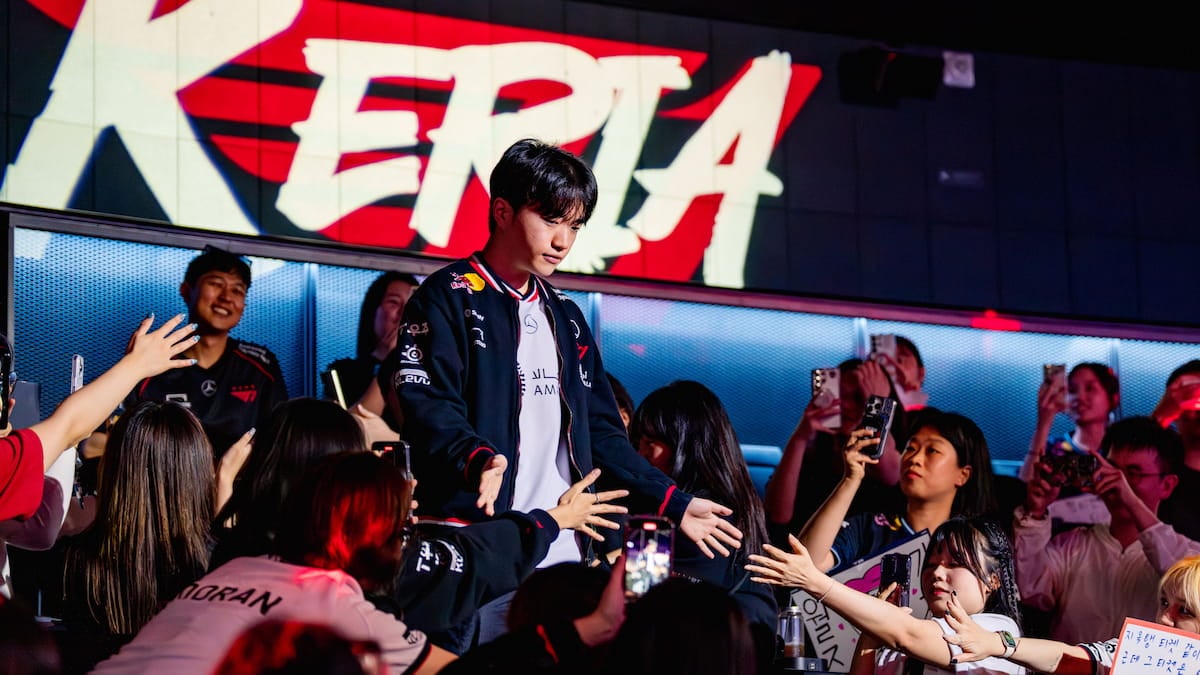
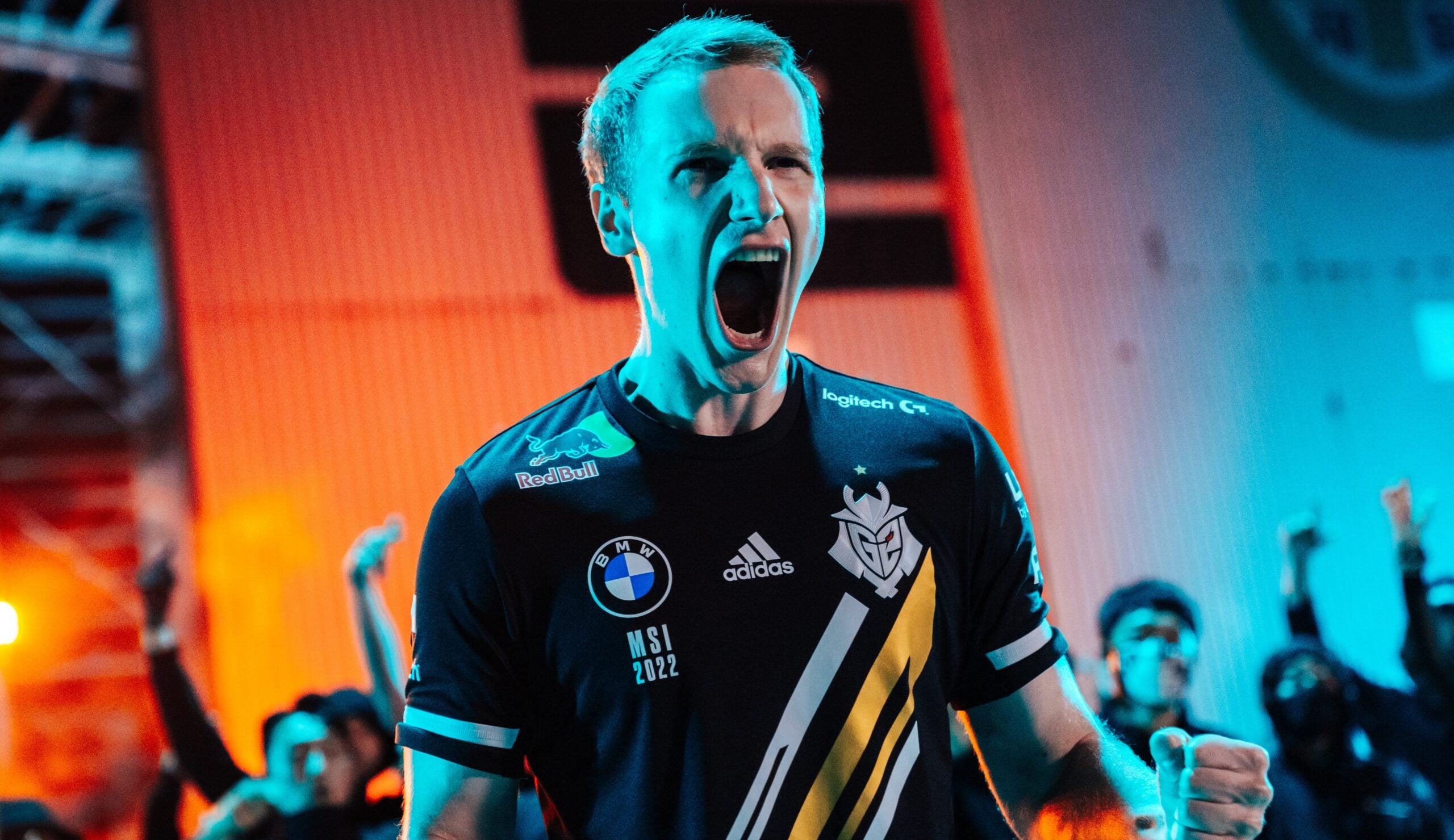
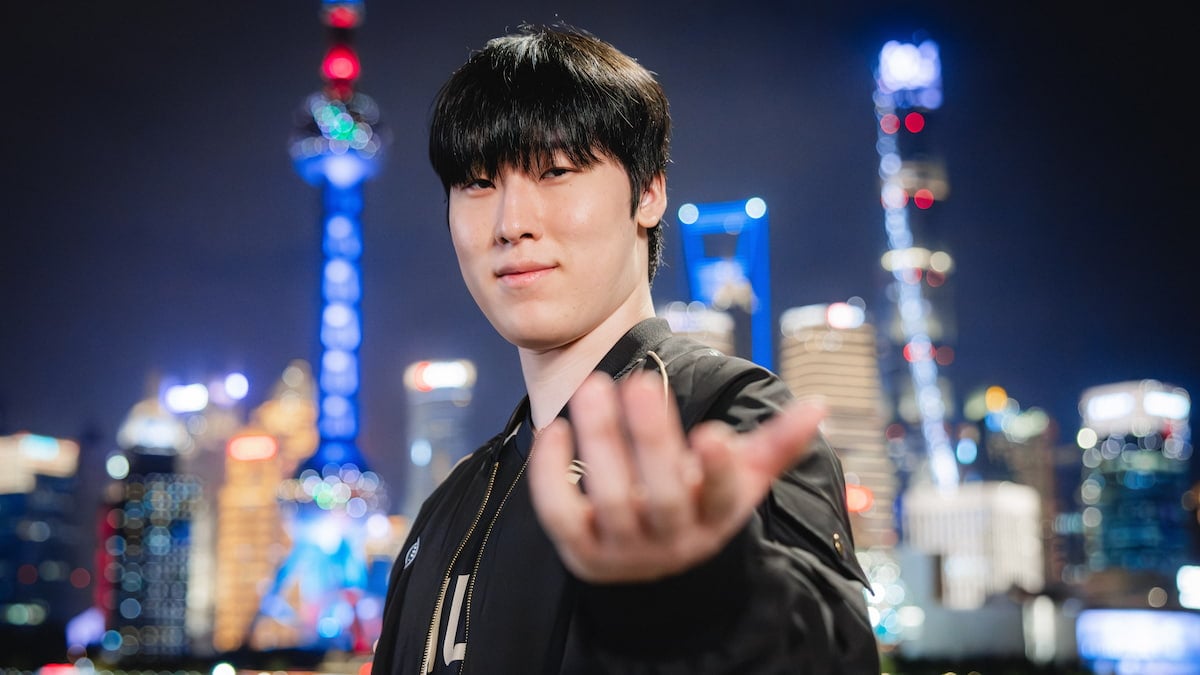
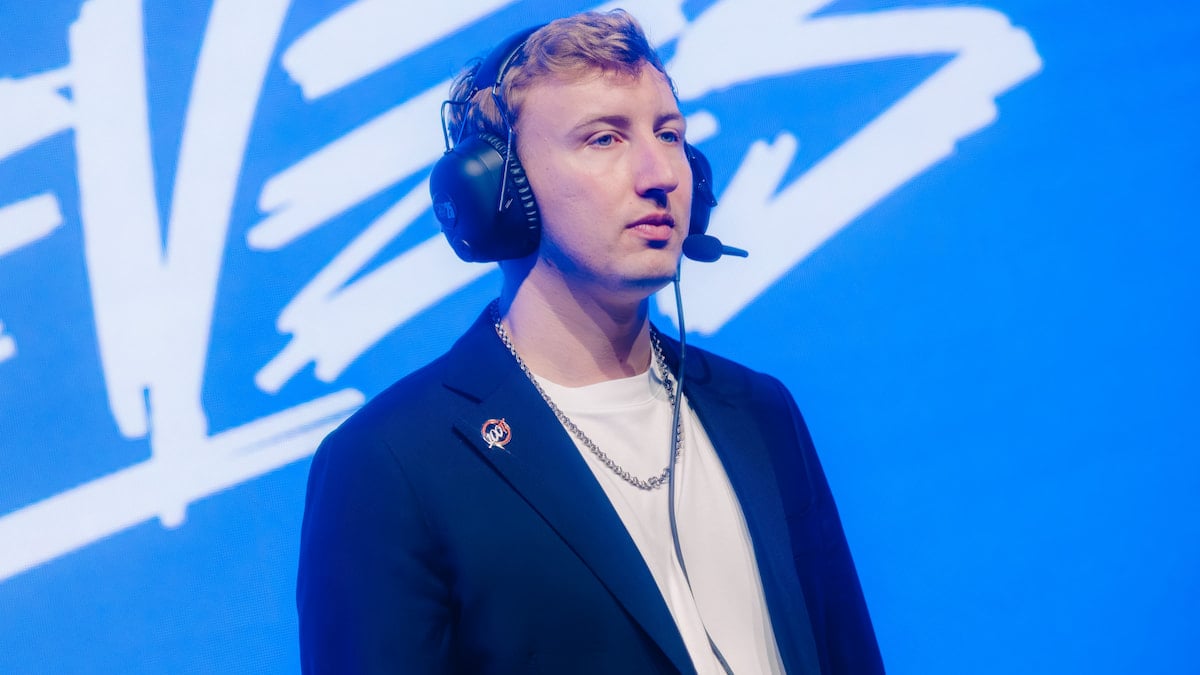
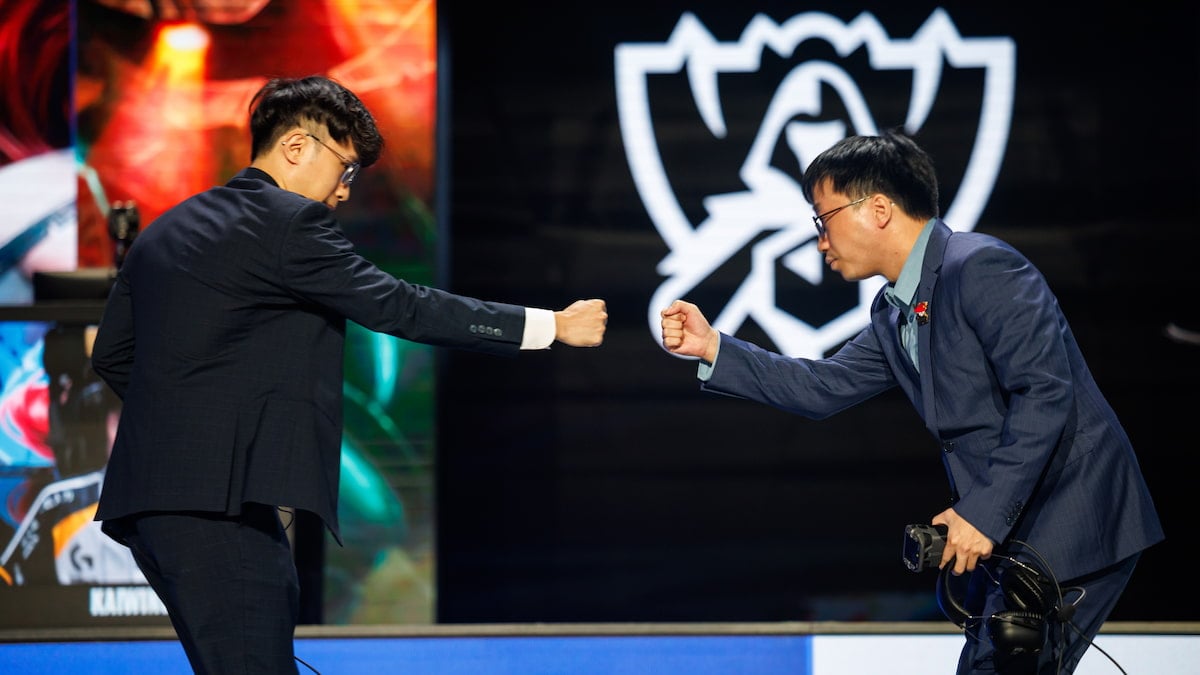
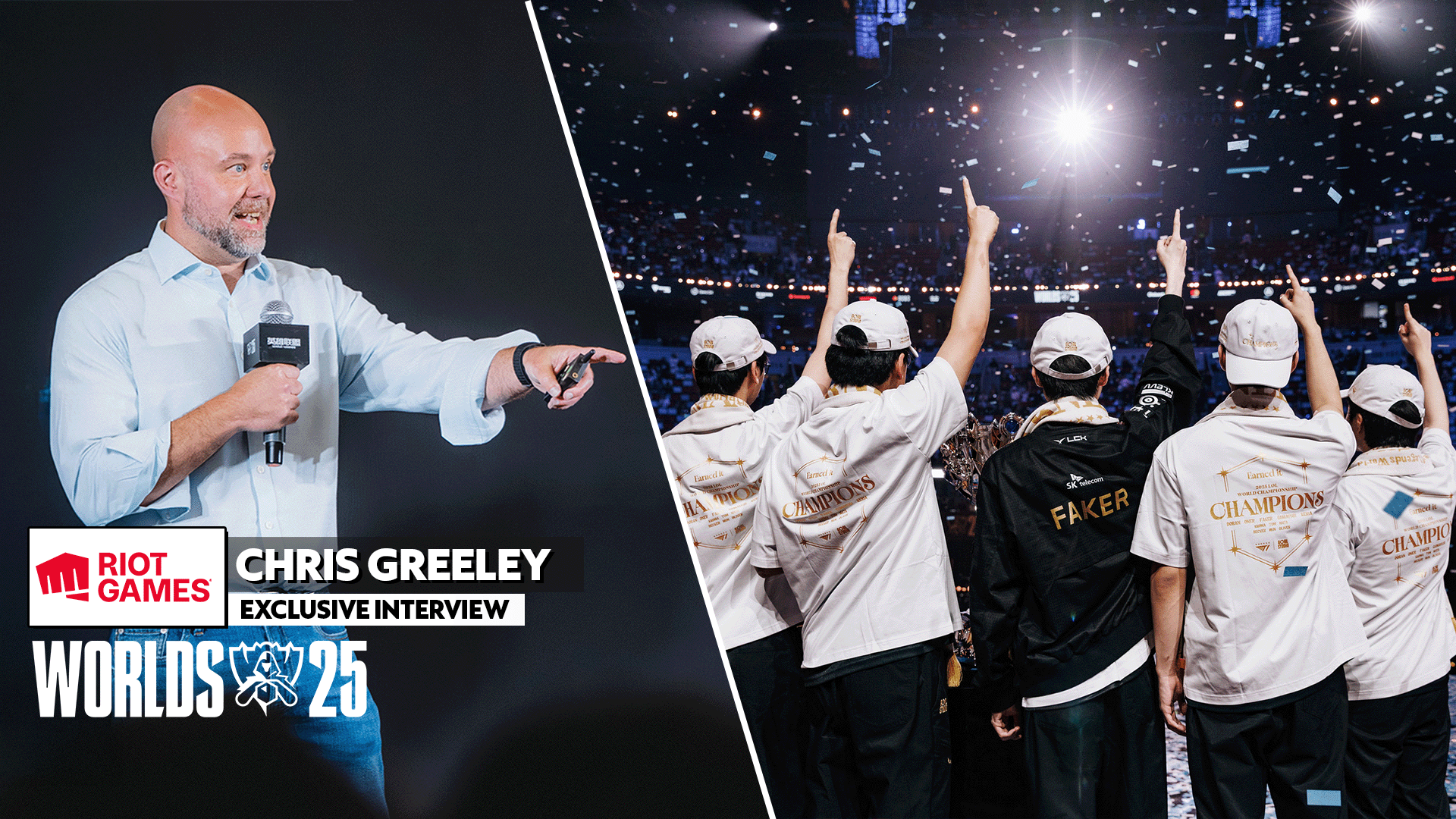
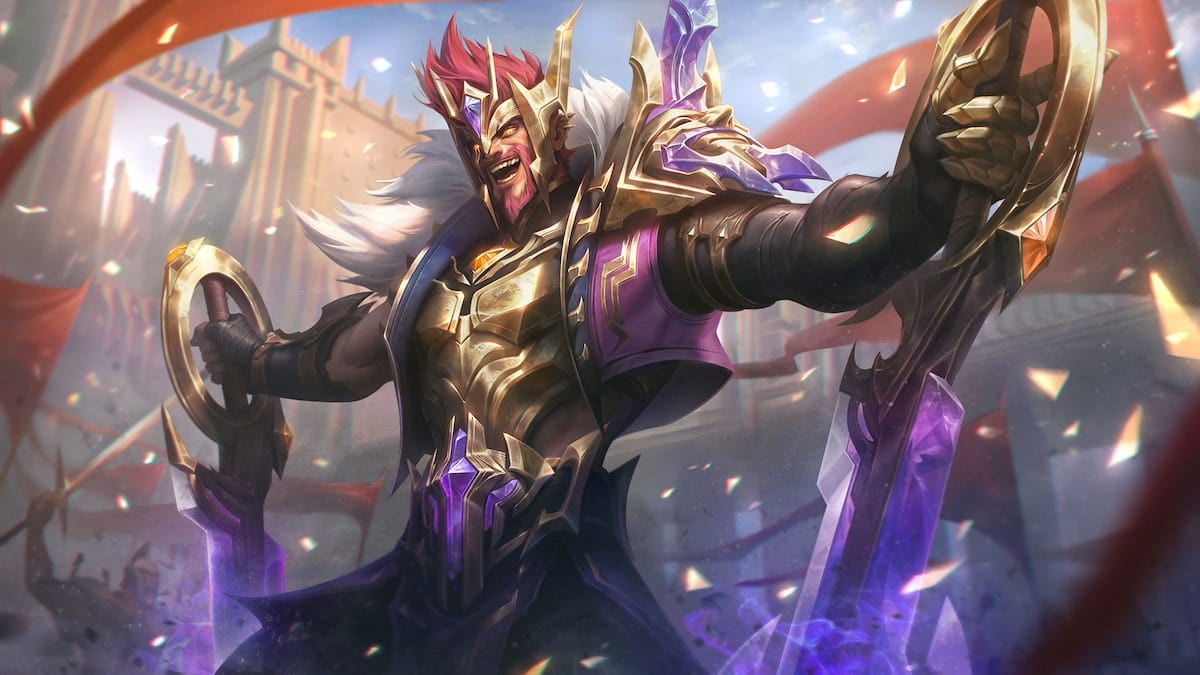
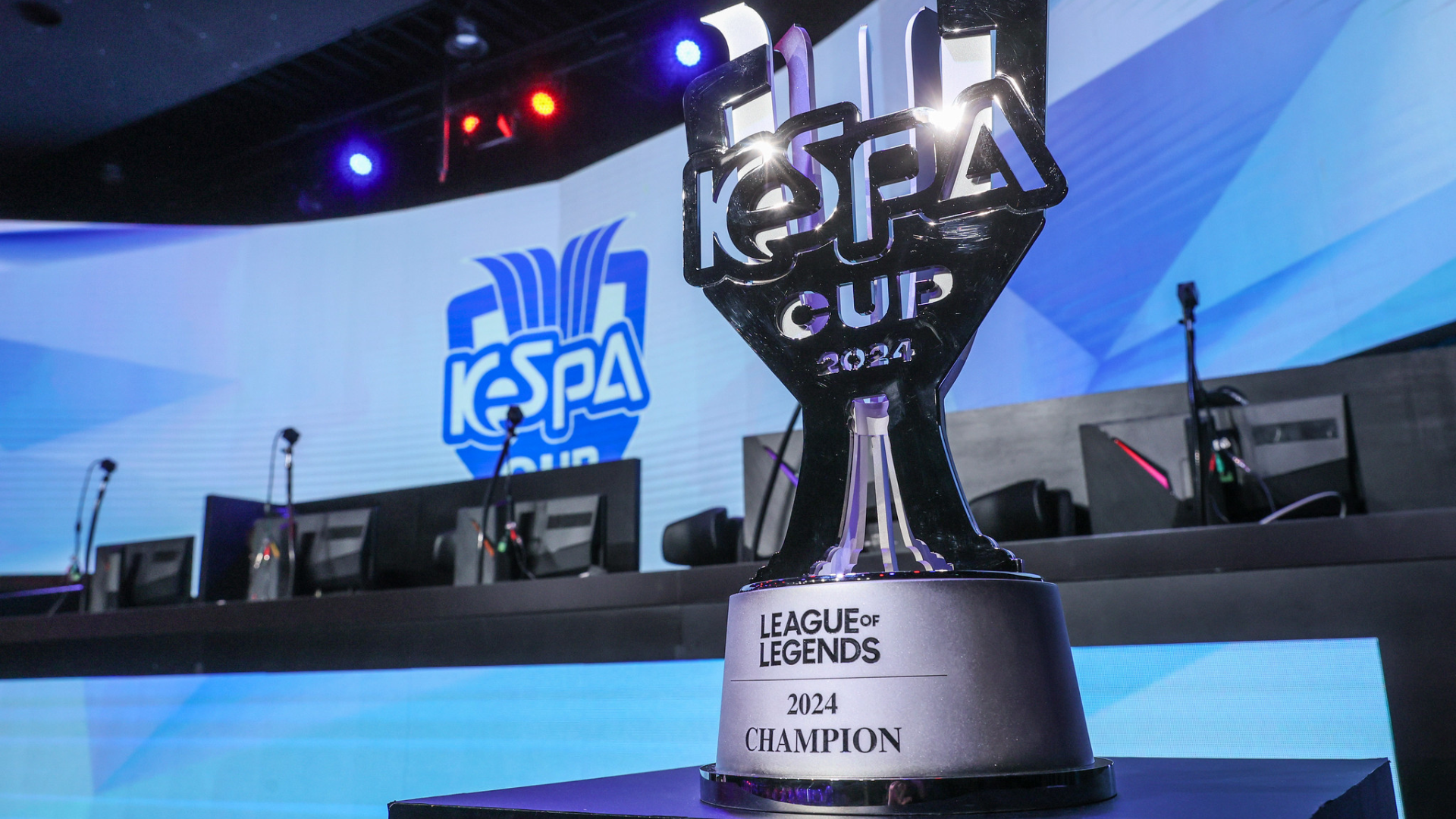
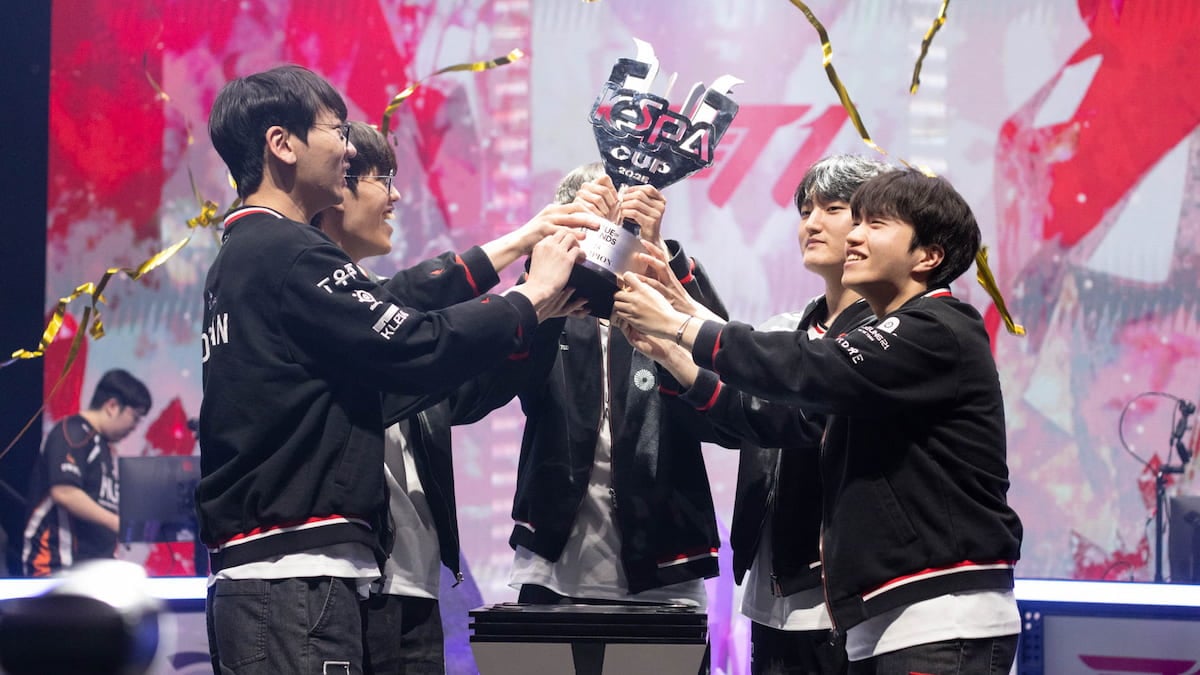
Published: Jun 28, 2015 10:11 pm